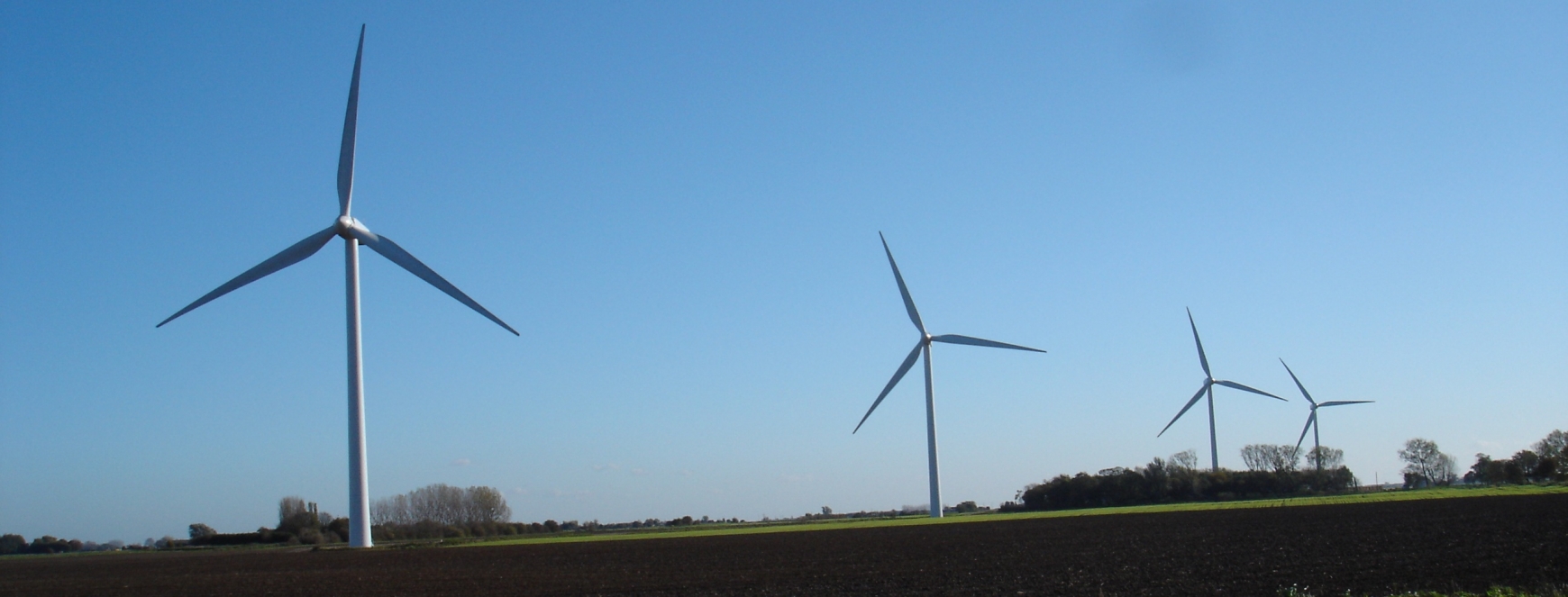There are big changes ahead which could offer more flexibility and cost savings.
The green transition has begun but with the continuation of high energy costs facing farmers, the NFU has placed a strong emphasis on calling for greater energy independence in rural communities. Fourteen distribution network operators (DNOs) nationwide are in control of our local transmission networks and changes are necessary to make improvements and access easier.
Jonathan Scurlock, Chief Adviser on Renewable Energy and Climate Change at the NFU, has said:
“To ensure a robust, independent system, rooftop solar and a small-to-medium-sized wind turbine, coupled with battery storage is the most efficient way of driving year-round self-sufficiency for farm businesses. This includes future needs such as charging electric cars, vans and agricultural machinery.
"For this to happen at pace it requires a change in planning policy for onshore wind, improved rural grid connectivity, and consistent backing from HM Treasury for investment in energy efficiency.”
Electricity demand is expected to rise by between two and two-and-a-half times to account for extra pressures from improved mobile and broadband access, electric vehicles and heat pumps, among other new technologies during the next decade, so time is of the essence.
WHAT’S HAPPENING AT THE MOMENT?
It’s not all bad news. On the contrary – smaller installations of up to 3.68kWp* for a single phase supply or 11.04kWp for a three-phase supply can bypass approval from the DNO and instead simply require notification of the installation within 28 days of commissioning. A big move is also coming in April, with Ofgem rolling out its distribution network code directive, making it cheaper for people to connect to the grid on both import and export.
Alongside the framework for upgrades to grid lines, simpler and cheaper technical solutions are possible, such as preapproved battery storage, export-limiting switches, hybrid inverters, flexible connection offers and ‘active network management’, ideally using wireless communications (avoiding the need to lay cables).
NETWORK CHANGES
There is expected to be a tidal wave of applications on 1 April from those who want to benefit from the lower connection costs. The ability to optimise a renewable installation with different technologies, for example batteries and an inverter, is another solution that will help to improve success rates overall.
Richard Collins, Sales Manager at NFU Energy RES** partner, Caplor, explains:
“Last year we were having to export limit more and more sites due to the grid not being able to cope with the PV energy being exported.
“For smaller-scale projects looking to have battery storage, we are able to use hybrid inverters which keep the batteries on the DC side, so this means they are not counted towards the DNO capacity when applying for PV and batteries.
“Hybrids are currently only available in up to 10kW but by early next year we will be able to go up to 90kW of hybrid inverter size with up to 130kW of battery storage capacity. The products are in testing but we expect them to come to market part way through the year.”
With the introduction of the new directive, existing flexible connection (active network connections) will also benefit from being able to convert to standard firm connections if it makes sense.
*kWp, or kilowatt peak, is the highest amount a PV system can generate, accepting that in differing lights the output is variable.
**RES is NFU Energy’s Renewable Energy Solutions service set up to bring together farmers with installers, planners (CT Planning), insurers (NFU Mutual).
Call our team to see if your site would be suitable for renewables today on 024 7669 6512 or on [email protected]. If you need to look at your energy use across your site as a whole, we can also perform a full site audit to looking at your consumption and processes to give you a valuable, in-depth report in to what changes you can make alongside renewables to save you both money and carbon.


